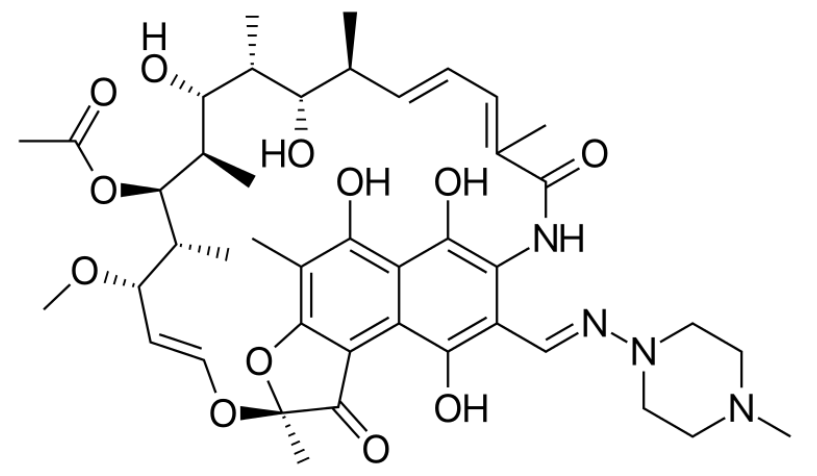Playlist
Show Playlist
Hide Playlist
Overview – Antimycobacterial Agents
-
Slides Overview Antimycobacterial Agents.pdf
-
Reference List Pharmacology.pdf
-
Download Lecture Overview
00:01 Welcome to pharmacology by Lecturio. 00:04 We're going to continue our discussion about antibiotics by talking about some unique antibacterials. 00:09 These are a list of the different categories that we have covered so far. 00:13 The last group are the drugs that will really cover mycobacterial infections that includes tuberculosis, leprosy, and other types of infections like Mycobacterium avium. 00:24 In terms of the anti-TB drugs or anti-mycobacterial agents will really focus on some of the tuberculous agents as individual drugs and not focus so much today on the therapies that are usually used in combination. 00:40 Now, tuberculosis agents can either be bacteriostatic, or bactericidal. 00:45 What does that mean? First of all, bacteriostatic means that you just stop the replication of bacteria. 00:51 You're not actually killing them. 00:53 what you're doing is you're allowing the immune system to catch up to those numbers, so that the immune system can take care of those live bacteria left. 01:01 Bactericidal actually refers to the death of bacteria. 01:05 In this case, the antibacterial agent is killing the bacterium. 01:10 Now, when we talk about tuberculosis, we usually talk about using them in three or four drug combinations. 01:17 In most disease states, we try to use one or two drugs to treat a particular disease. 01:22 But in tuberculosis, it's so hard to treat that we actually will need to combine different agents from different drug classes to get a full resolution and treatment of the disease. 01:34 Sometimes will even go as far as to directly observe the therapies. 01:39 So I saw this happen myself when I was practicing in rural Canada on the Prairies, and in northern communities, where patients may not be as, say, adherent to the regimen as we would like. 01:53 In those cases, whether it's due to other diseases that are taking part or due to social reasons, we have to actually watch patients take the medications. 02:02 If we don't have directly observed therapy, and if there's any kind of a reduction in adherence to therapy, the therapy just doesn't work. 02:10 That's why DOT regimens in tuberculosis are so important. 02:14 Now, you can see here I have an image. 02:17 It's a close up image of a mycobacterium tuberculosis culture.
About the Lecture
The lecture Overview – Antimycobacterial Agents by Pravin Shukle, MD is from the course Antimicrobial Pharmacology.
Included Quiz Questions
Which statement about antituberculosis therapy is INCORRECT?
- Requires single-drug therapy for effective treatment
- Patients must be monitored for significant side effects of treatment.
- Drugs may be bacteriostatic or bactericidal, depending on concentration.
- They are usually administered via DOT regimens (directly observed therapy).
- These drugs are bacteriostatic or bactericidal, depending upon the concentration.
Customer reviews
5,0 of 5 stars
| 5 Stars |
|
5 |
| 4 Stars |
|
0 |
| 3 Stars |
|
0 |
| 2 Stars |
|
0 |
| 1 Star |
|
0 |




